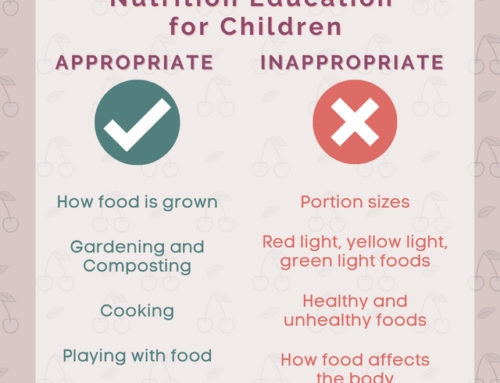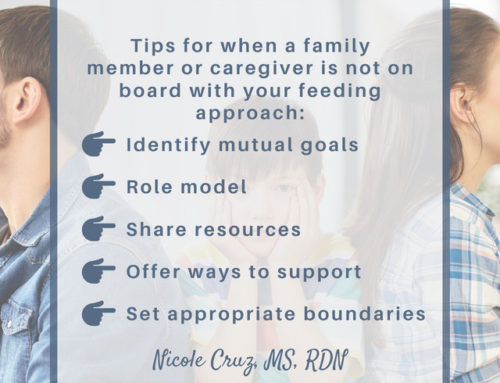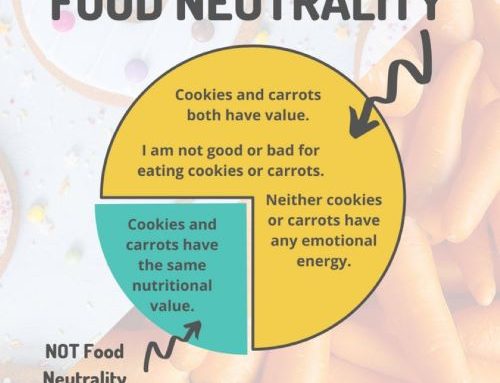Does this sound at all familiar?
A toddler trying to climb out of her seat. A 7-year-old trying to stand on the table. And a 4-year-old wanting to sit on your lap.
Yes! That’s what my dinner table often looks like ?♀️
I call my mission Joyful eating for you and your family, but sometimes my meals are anything but joyful.
How are meals going for you?
We all have to figure out what works in our families. Sometimes meal times are really hard, especially for young children with short attention spans.
I’ve heard different numbers as to what children can handle.
But it seems that researchers agree on around 2-3 minutes per age, up to five minutes (as the upper limit) for attention spans.
I think it’s helpful to take note of this info, because sometimes we have really lofty, yet unreasonable expectations for what our children can handle.
Regardless, if mealtimes are a struggle, and your kiddo wants to constantly get up, you might try a few different things to help get them to stay, AND to make your family meal a bit more enjoyable.
Set a timer: If they will only stay at the table for 5 minutes, you might start by setting a timer for 7 minutes and letting them know they can get up at that point. As they are more able to do that, gradually increase the time until they reach their age appropriate upper limit. Remind them they don’t have to eat, but they need to be a part of the family.
Play family games: Our kids love, I’m thinking of something… where we each give clues and try to get everyone to guess. We also have cards that have trivia questions for different ages to answer. Or you might play, Would you rather? and you and your kids can come up with silly scenarios.
Various seating options: If dinner time seating is an issue, you might try a different seating arrangement. This could be moving seats, trying different chairs or stools, or having a picnic. You might allow standing, if it makes sense, as long as they stay at their spot.
Another activity: Put on music or go around and have everyone choose a song to play. Offer for your child to bring a small toy or some paper and a crayon to the table to draw.
While some of these things are slightly distracting, they may also be helpful and allow for a more peaceful meal. They do distract from the food but don’t require complete enmeshment in a story, such as watching TV or trying to read a book.
That’s not to say you should never have family movie night and eat dinner while watching, but we also don’t want distracted eating to be the norm. It interferes with noticing body cues and can lead to eating more. Or the distraction might be more intriguing than the meal and lend itself to not eating at all.
However, for a child who struggles to eat, a slight distraction might help take the pressure off the food and allow them to get more comfortable and willing to try something new.
If your family meals are going well, I’m not suggesting you start throwing in distractions. But if they’re a struggle, you might consider some of these tactics to help make things a bit more pleasant for everyone ❤️








Leave A Comment